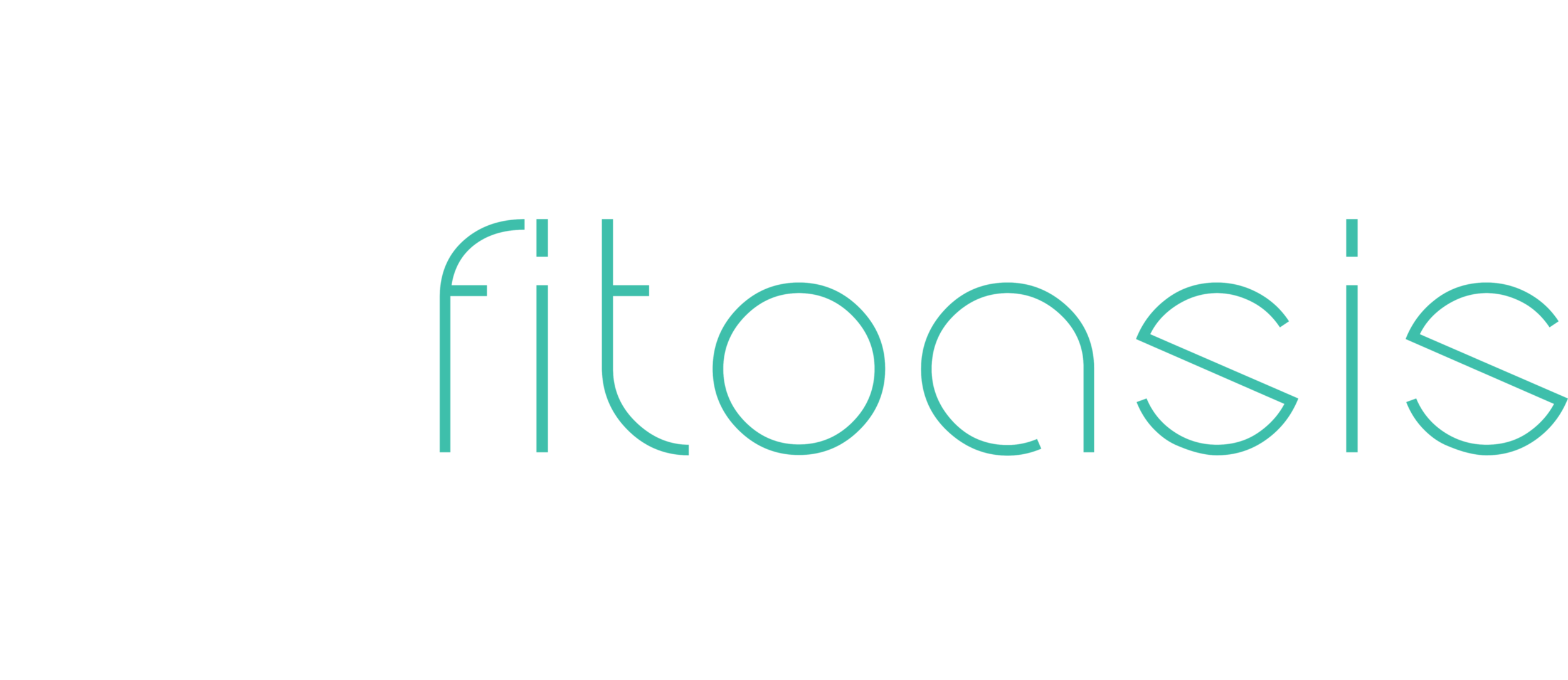Applying the Power of Meditation to Become a Better Athlete
Meditation is not only a tool for relaxing the mind and body; I have found it to also be very useful during my training sessions as well as using it to mindfully move through my physical world!
Think about what we practice during an intense workout. Calculated movements, incredibly powerful and important breathing that we utilize to move resistance, pain tolerance and mind/muscle connection. We also sometimes experience intense doubtful thoughts and challenges to keep moving forward, as well as negative mental chatter.
How can meditation help us become better athletes? Let’s apply a meditation method to some of the challenges we face during a training session and see for ourselves the benefits of having a “meditative mind” during an intense physical moment.
1. Calculated Breath and Movement
Using the breath is a tool for any workout that should be towards the top of your training skills set. I remind my clients very frequently during personal and virtual training sessions to “Use Your Breath”, “Come Back to Your Breath”, “Breathe Like Darth Vadar”…as well as reminding them how to breathe for each exercise to get the maximum benefit and to protect themselves from injury. My sessions sometimes sound like a meditation boot camp!
We know that getting oxygen into our muscles as fuel is imperative to prevent fatigue. Especially during aerobic exercise. Most of our cells prefer to get their energy by using oxygen to fuel metabolism. Controlling the breath and focusing on it can assist in lowering heart rate, creating a mental focal point for managing discomfort in more anaerobic movements such as weight training, and also mindfully using the muscles that help us to breathe in the abdomen. Have to protect our precious spines during heavy, dynamic resistance training!
When each, mindful rep becomes one with equally-mindful breath, we can achieve a training session that is focused, efficient, effective and surprisingly refreshing as we have now created a moving meditation personal to our own unique body! This can be applied to all methods of movement in each anatomical plane.
2. Clearing Mental Chatter
Let’s face it. Pre-workout isn’t always going to make you want to workout. Sometimes there is a stronger mental or emotional battle going on and motivation isn’t just about lacking physical energy. If you are mentally or emotionally tired, it is much easier for those nasty, sneaky, destructive thoughts to creep in that will keep you on the couch instead of doing physical work on your goals. Common ones: “I don’t have time today”, “I’m sore”, “I’m just not feeling it”, “I just can’t”. This all comes back to intrinsic motivation essentially—the reason you have goals in the first place—but where does meditation come in? When we become an observer of these thoughts instead of letting them decide what we do or not do.
How to? This is my personal visual. Imagine yourself just sitting quietly inside your own mind. Your thoughts just flitting around. Don’t label any of them good or bad, just watch them zipping through the air of your head space and accept that they are just there. That is literally all that you have to do. The mini you in your mind is the one in control. Simply watching all the stuff that happens to be in your head at that very moment. Little, action-figure you decides to do or not do and not associate with the “objects” of the day that are not serving your purpose.
3. Mind/Muscle Connection
Once our breath becomes a rhythm, and our minds are clear of distracting thoughts we can then increase exercise effectiveness by bringing additional focus to the contraction and relaxation of each muscle as we engage it.
Some muscles are easier to engage than others. Engaging core muscles can require a lot of focus, perhaps for someone who has lost connection with their abdominals recovering from childbirth or trauma, suffers from muscle imbalance, other injury or weakness. Personally, I have struggled with muscle imbalances that have made increasing strength and pushing past plateaus difficult until I learned this skill. Specifically, with my biceps. When I first started lifting weights, my mind/muscle connection was very poor and my shoulders and forearms would essentially take over. Think about the muscle that is in use, actually imagine it and focus on it, FEEL the muscle working. By doing this, you’ll be able to better find your own personal mechanical tension for YOUR body and increase the metabolic stress that will help you to build the bigger, stronger muscles that you are attempting to isolate. Meaning faster gains!
When you master these tools you become even closer to the mastery of your physical body.
Heck, you may not even want your headphones anymore!
Always Yours in Health and Fitness,
Coach Elle
